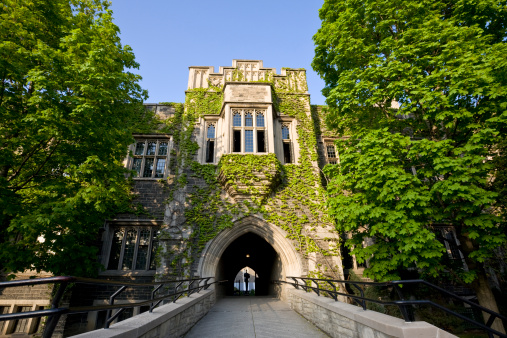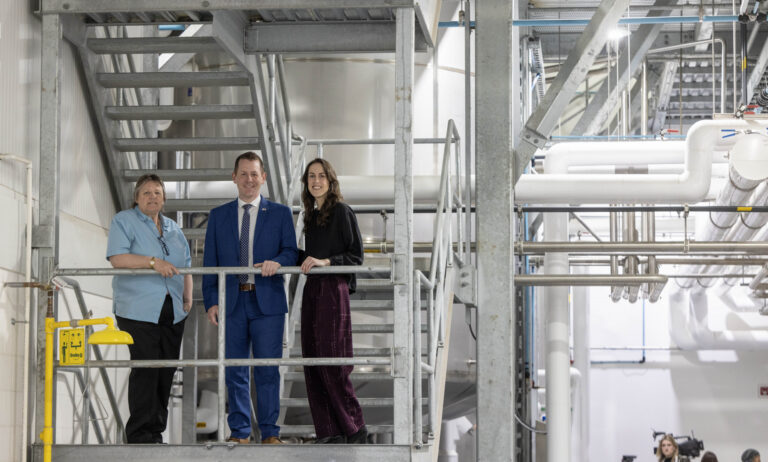Recently the Ontario government announced that it would procure an additional 5,000 megawatts (MW) of renewable energy by 2034. Although the specifics of the bidding process have not been revealed yet, the announcement has already reopened the debates between pro and anti-wind power advocates. But why does this renewable energy divide so much in Ontario?
Premier Doug Ford’s dramatic policy shift came as a shock. In 2018 when he took office as premier, one of his first acts was, indeed, to cancel more than 750 renewable energy projects. And now, the government is ready to oversee the biggest expansion of green energy that Ontario has seen in nearly a decade. This expansion can be explained by the anticipated rise in demand for electricity in Ontario and the demand from many companies that the electricity supply be as emissions-free as possible.
This new green energy expansion in Ontario will start with an additional 2,000 MW, which is approximately equivalent to the production of the Pickering nuclear power plant if it were to be retrofitted as has been proposed. According to the current timeline, the first of these projects should come online by 2030, another 1,500 megawatts of clean energy should come online by 2032 and another 1500 megawatts by 2034.

Although the premier’s plan is not only about wind power, it will definitely face opposition on that front. Tim Gray, the executive director at Environmental Defence, is prepared to debunk many claims against wind power and help people understand this renewable energy better.
Firstly, some anti-wind power advocates declare that wind power simply does not work. But for Gray, the policy change from the government shows the opposite. “I think this change shows that wind power is able to create the electricity needed for the province while lowering Ontario’s carbon emission. If it didn’t work, the premier wouldn’t be interested in it,” he explains, pointing out the economic benefits of this clean energy option.
So far, the capacity of all wind power projects currently installed across the province totals about 4,900 megawatts which represents 13 per cent of Ontario’s electricity needs. But the use of renewable energies is increasing across the country. As reported by the Canadian Renewable Energy Association (CanREA), in 2023 alone, 2.3 gigawatts of new installed capacity were added in Canada, including more than 1.7 GW of new utility-scale wind. But for the president and CEO at CanREA, Vittoria Bellissimo, this “progress falls short of the trajectory needed to meet net-zero targets. Canada has massive, untapped wind and solar resources that can be harnessed to provide the affordable, clean electricity needed in all jurisdictions.”
Anti-wind power advocates also claim that the technology is not environmentally friendly and kills bats, but Gray disagrees. “Wind power like any other source of energy uses resources to be created. But once it is created, it doesn’t require anything else. The energy comes from the wind. It’s free because it’s provided by nature. And this technology doesn’t create waste unlike fossil fuels or nuclear energy,” explains Gray.
Experts at CanREA also explain that the wind turns the blades of the turbine rotor, which are attached to a driveshaft, and the driveshaft then spins a generator to create electricity. Thus the production of electricity from wind power generates no greenhouse-gas emissions, no air or water pollution, and no toxic or hazardous wastes.
As for the bats killed by the wind turbines, databases have been created by the Ministry of Natural Resources in Ontario to address potential negative effects on animals during the planning, construction, and operation of onshore wind power projects in the province.
Another concern raised by anti-wind power groups is about potential health risks, especially because of the noise. For Gray, it is clear that some people respond negatively to the noise qualities generated by the operation of wind turbines. “But there is no peer-reviewed, scientific data to support a claim that wind turbines are causing disease or specific health conditions.”

The biggest critique against this technology is its cost. Some anti-wind power advocates claim that wind power makes the electricity bills go up and that nuclear energy is cheaper. But is that true? According to the CanREA, their most recent data shows that wind energy costs have declined a substantial 63 per cent since 2009. The association explains in a statement that “wind energy is now the lowest-cost source of new electricity generation in Canada.”
“In Canada, the overwhelming majority of wind turbines are utility-scale and deployed onshore which makes the cost even lower than nuclear,” emphasizes Gray. As Clean Air Alliance’s research indicates, onshore wind power costs on average 6.75 cents per kWh. In comparison, nuclear power costs on average 10.5 cents per kWh.
Since the Paris Climate Agreement, countries across the globe have been trying to lower their carbon emissions and Ontario’s policies are expected to follow suit. Even if Premier Ford has yet to give more details about his policy change, renewable energies will certainly be part of our future, including wind power. “We are hoping that the provincial government calls for submissions or proposals from companies and communities to produce more energy by wind power, solar and battery storage,” says Gray, who is looking forward to learning more about the procurement process.

Andreia Portinha Saraiva is a freelance journalist from Switzerland currently spending time in Canada.
Featured image: The Wolfe Island wind facility near Kingston, Ont. has a capacity of 197.8 megawatts and includes 86 wind turbines. The power produced from Wolfe Island is sold under a 20-year Renewable Energy Supply II Contract with the Ontario Power Authority. TransAlta owns and operates the Wolfe Island facility through it is wholly owned subsidiary Canadian Hydro Developers. The Wolfe Island is EcoLogo certified by the Environmental Choice Program. Credit: TransAlta.











